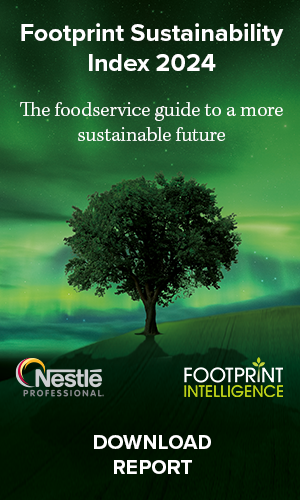Ancient grains and novel vegetables should become more mainstream to ensure that future diets are healthier and more sustainable, according to a joint report from Knorr and WWF.
The Future 50 Foods report identifies 50 foods that the authors say should be eaten more commonly because they are nutritious, have a lower impact on the planet than animal-based foods, and can be affordable, accessible and tasty.
Unilever-owned Knorr and WWF partnered with Dr Adam Drewnowski, director of The Center for Public Health Nutrition at the University of Washington, to create the list of ingredients which consists of vegetables, grains, cereals, seeds, legumes and nuts from across the globe.
It includes common items such as kale and lentils along with more unusual foods such as the fibre-rich grain amaranth whose leaves are a staple food in Asia and Africa, and moringa, a fast-growing and drought-resistant leafy green vegetable.
The report says that swapping staples like maize and white rice for fonio or spelt increases the nutrient content of a dish and contributes to greater agrobiodiversity, thereby making the food system more resilient.
It also helps safeguard ancient variants for future generations. According to the Food and Agriculture Organisation (FAO), there are between 20,000 and 50,000 discovered edible plant species, of which only 150 to 200 are regularly consumed by humans.
Knorr and WWF said the Future 50 has been developed to inspire greater variety in what people cook and eat and is intended to enable a dietary shift towards more plant-based sources of protein and nutrient-rich sources of carbohydrate.
“By joining together with our partners, we believe we can shift the way food is grown and the foods people choose to eat, delivering significant, positive impact on the food system,” said April Redmond, global vice president for Knorr.














